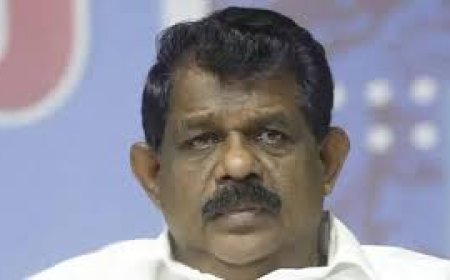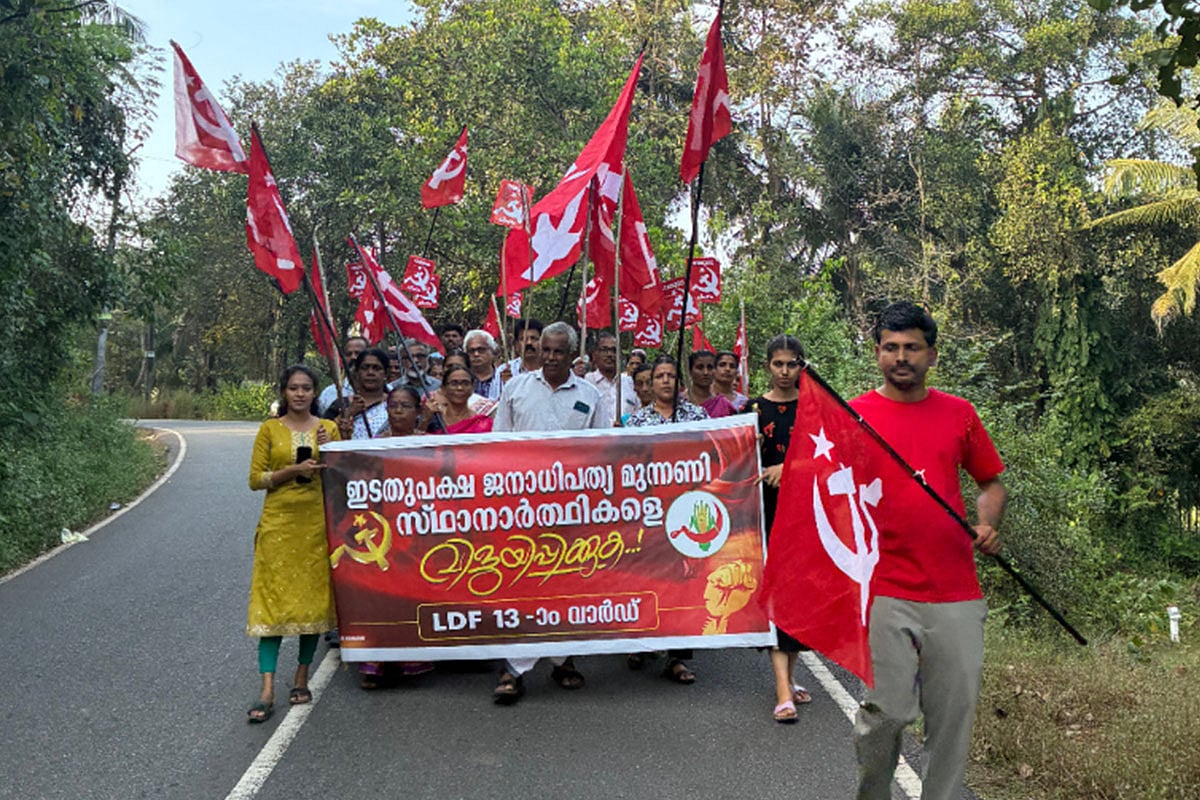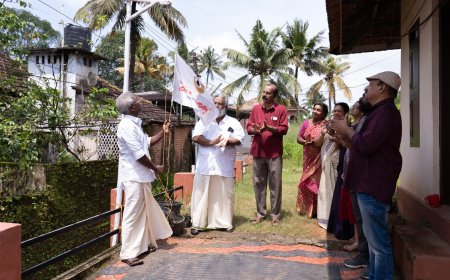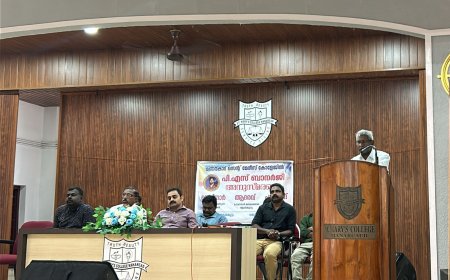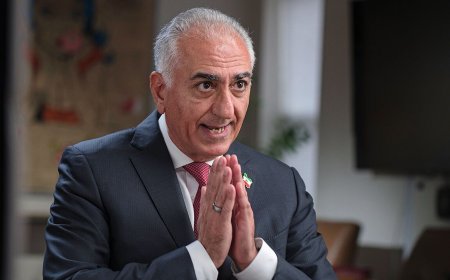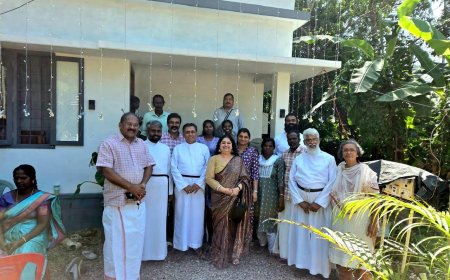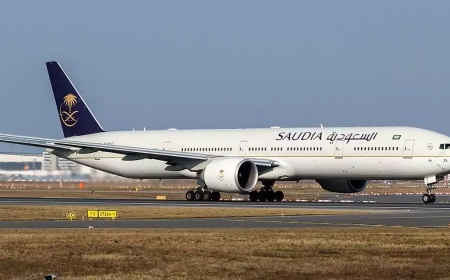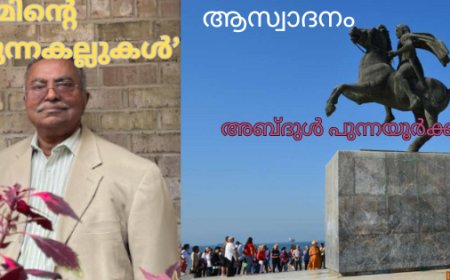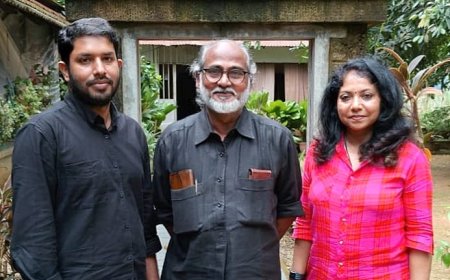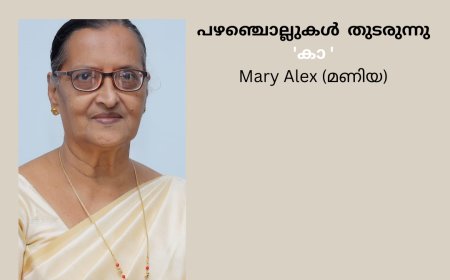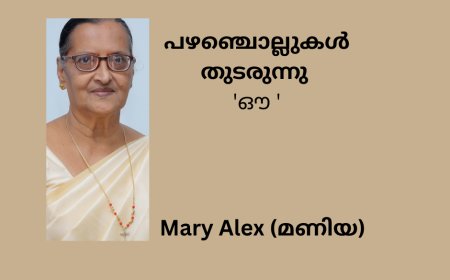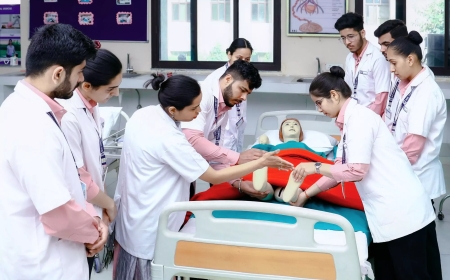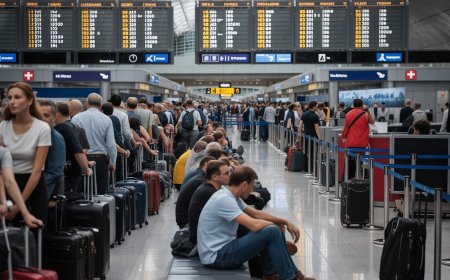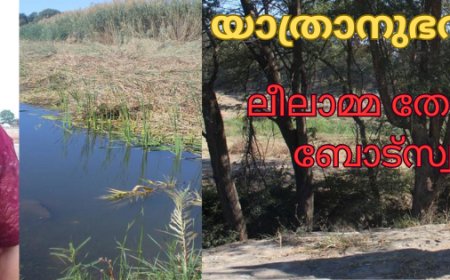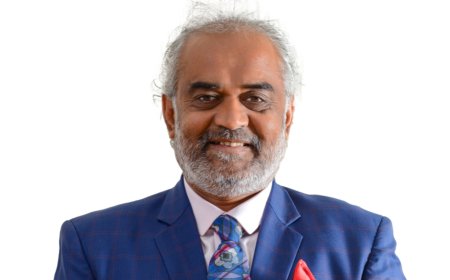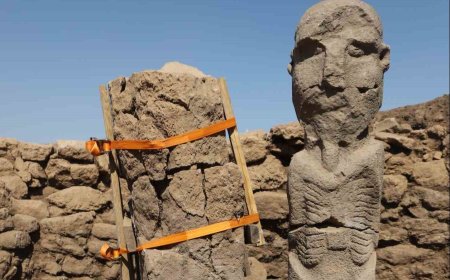Student migration is a resource drain from Kerala

MIGRATION can be defined as the movement of people from one region to another region of a state or a country by settling temporarily or permanently for better living conditions. Most of the migrations are due to economic conditions, business opportunities, education and employment.
Animals and birds migrate from one place to another in search of food, to avoid extreme weather conditions or to breed.
Humans migrate mainly in search of greener pastures - better economic conditions, employment, business opportunities and education; and to secure better living conditions, especially better schooling for children.
The positive side of human migration is the remittance of money to their homes, helping in the growth of the economy of the region.
Indian migrants world over are one of the major sources of foreign exchange in India.
States like Punjab, Kerala and Tamil Nadu receive a huge amount of money from their international migrants.
Why Kerala sees a large number of students going abroad for studies.
Kerala has been witnessing an increase in the number of students moving to foreign countries for higher studies and eventually settling there.
Youngsters leave in droves because the state is famished for job opportunities, better facilities, lack of infrastructure and aesthetic appeal as observed by Finance Minister K N Balagopal in his 2023 budget speech on February 3 and, later on, by the Kerala High Court.
Balagopal said that the state is paying attention to making the young stay back by creating more jobs.
The High Court attributed the reason behind the trend of youngsters leaving to the lack of infrastructure and aesthetic appeal in Kerala’s cities.
The number of Indian students abroad was 40 lakh in 2012 and is expected to cross 75 lakh in 2025. According to the data submitted by the Ministry of Education before the Parliament in February this year, there is a 68% increase in the number of students going abroad for higher studies.
The number increased from 4,44,553 in 2021 to 7,50,365 in 2022. This spike has been steady over the years – from 4,54,009 in 2017 to 5,17,998 in 2018, and 5,86,337 in 2019.
A migrant student recently admitted: “In Canada, the salary is better and I feel that the stress is less. Moving was a choice I made and not a result of any compulsion from family.”
A survey last year indicates the following reasons also for students’ preference for foreign education: poor pay in Kerala (12.61%); adverse social and economic situation in the state (6.55%); better social status in Kerala for people studying abroad (4.56%); stay back options in foreign countries (4.34%); poor living conditions in Kerala (3.59%); gender bias and male dominance in the state (3.38%); moral policing in Kerala (1.07%) and less parental interference abroad (0.83%).
Experts caution that unlike the migration of the previous generations to the Gulf that attracted huge remittances to the state, student migration is a resource drain from Kerala.
One expert warns: “So far, there has been no study on the economic impact of migration. We have not still woken up to the issue. The current students are the future Kerala diaspora. Hence, the government should initiate a study about its economic impact.”
What the government must do is to make use of the skill of these students who are better exposed and garnished with rich experience acquired from a foreign university.

